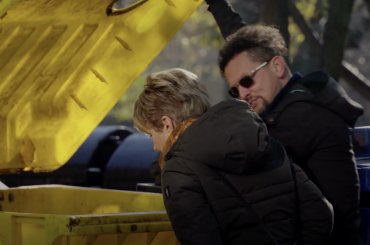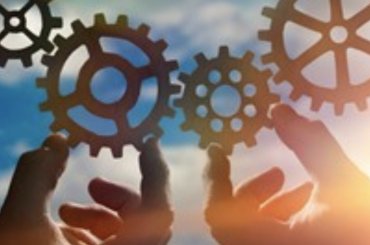There is never enough good news. Especially at the beginning of the year, and especially during this lockdown period. I just learned that the ozone hole over the Antarctica has closed during the year 2020, that Germany transforms 62 military bases to natural preserves, or that China as the world biggest air polluting country committed to achieve zero emissions until the year 2060.
Several positive news emerged also in the sector of separated waste collection in Slovakia – in a little contrary with what we commonly think or hear. These news appeared in the draft Waste Management Program for the years 2021 - 2025 (WMP). I will just quote from this draft in the next paragraphs:
"Despite the low recycling rate the Slovak Republic has made considerable progress during the past period. With the recycling rate 36 % it is in second place in the group of Visegrad 4 countries, closely behind Hungary. SR lags behind the 28 EU member states average by 11 %. Germany is a long-term leader in recycling of municipal waste as it is the only country achieving already the 65 % recycling target laid down in the waste directive until the year 2035.” (page 33)
"The separated waste collection rate increased by 7 % on a year-on-year basis, what could be considered as enormous progress, however, the metal scrap collection by repurchase companies had the highest influence to this progress as they reached nearly 350 thousands tons during the year 2018. Paper and paperboard shall be mentioned among other components that contributed to the increased separated waste collection rate by the volume ( year-on-year increase by 22 %) and biologically degradable waste (year-on-year increase by 17 %).” (page 35)
"The Supreme Audit Office final report emphasizes among other also erroneous reporting of the municipal waste related mostly to its separated components. More than 12 % of separated proportion was not reported during the year 2017.” (page 37)
"High recycling rate is reported for management of glass waste that usually exceeds 80 %. Glass recycling rate reached 81 % in the year 2018. The landfilling of glass waste is very low in a long term.” (page 56)
"The targets for increased material recycling of paper and paperboard waste (up to 55% in the year 2018 and 70% in the year 2020), glass waste (up to 60% in the year 2018 and 80% in the year 2020), plastic waste (up to 50% in the year 2018 and 55% in the year 2020), waste from ferrous and non-ferrous metals (up to 80% in the year 2018 and 90% in the year 2020), and finally the achievement of packaging waste recovery and recycling targets pursuant to the Directive 94/62/EC – are continuously fulfilled and they will be achieved until the year 2020." (pages 74 - 75)
Let us to believe that the data in the draft WMP are evaluated correctly, and that the situation with separated collection of waste components for which the PROs for packaging and non-packaging products are responsible is not so bad. Nevertheless, the targets continue to be more ambitious, and we will be facing new challenges.
Blog written by: RNDr. Michal Sebíň, PhD., director, PRO NATUR-PACK


